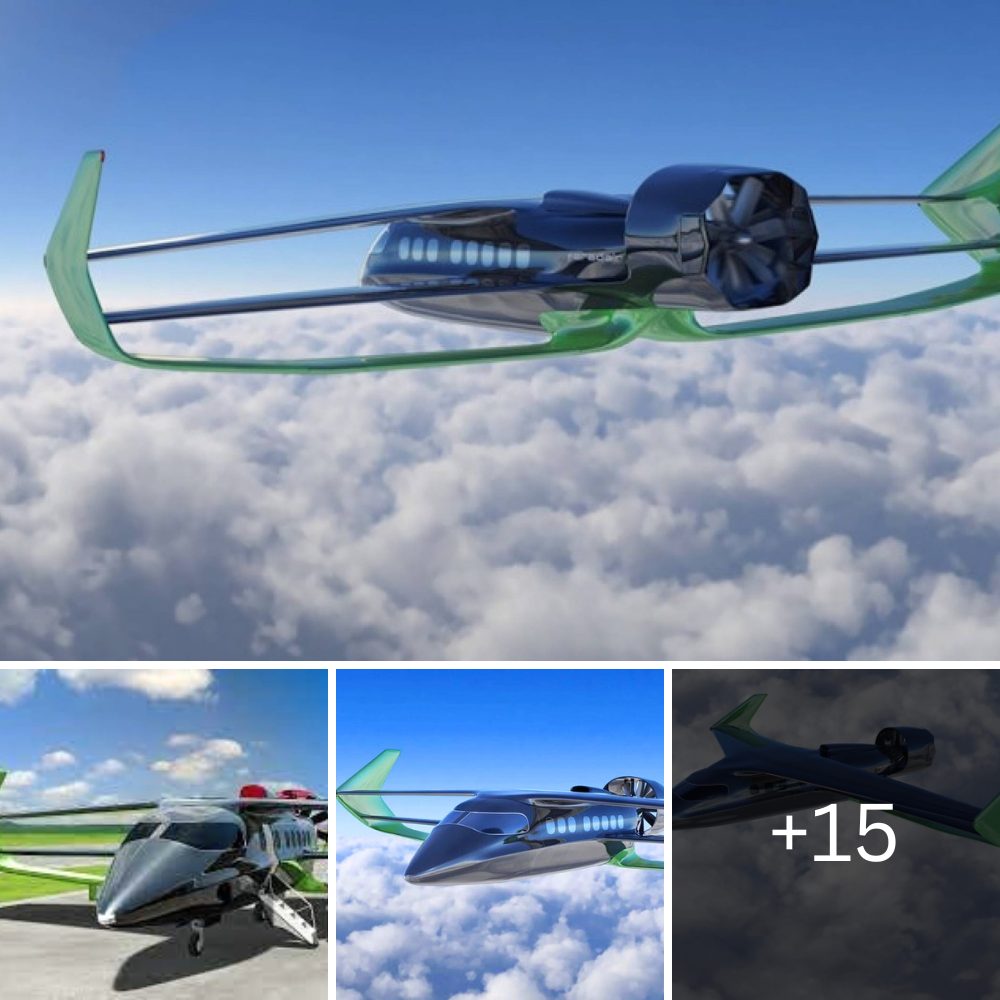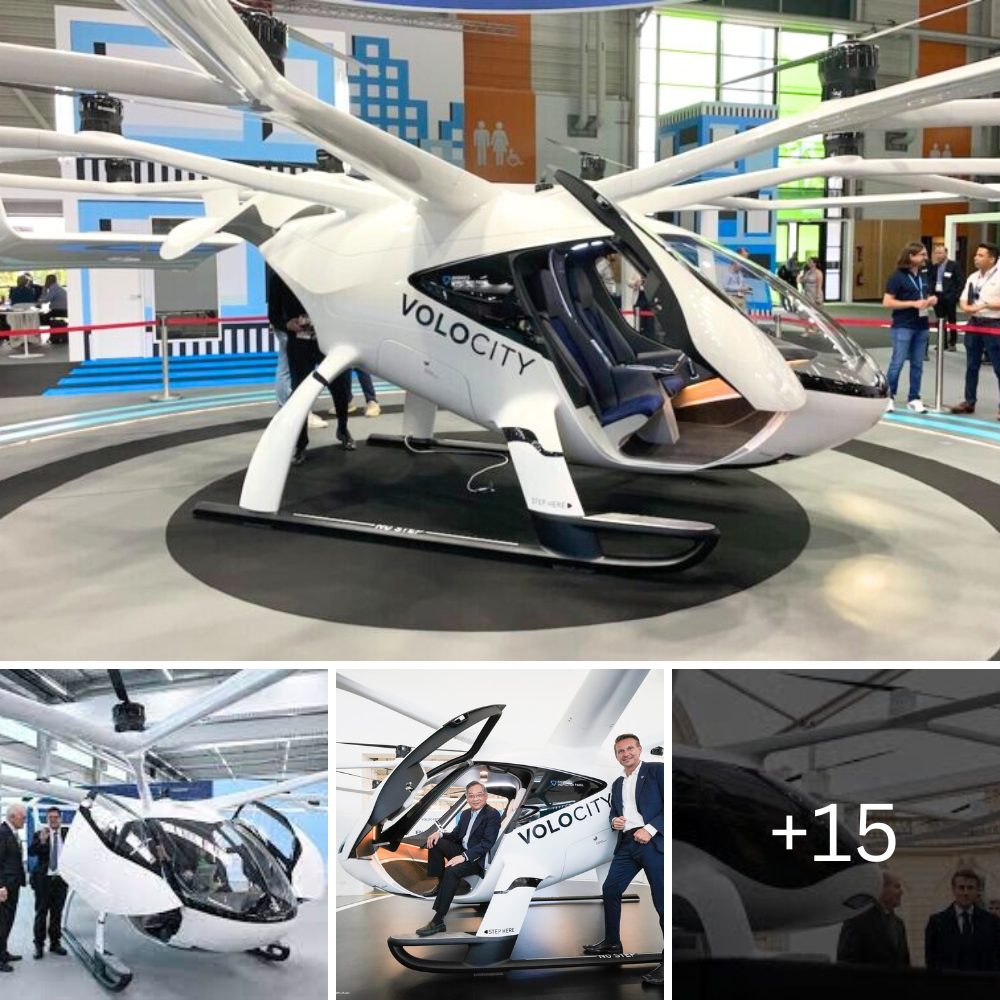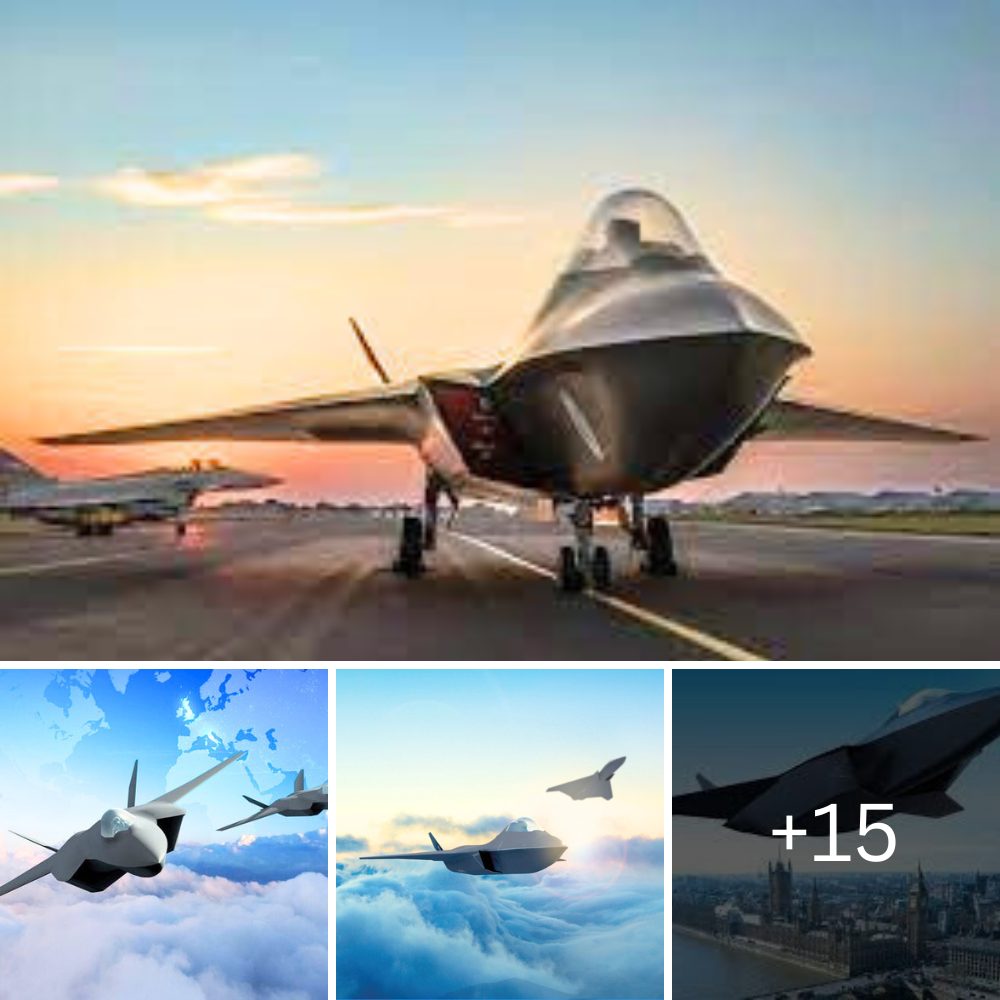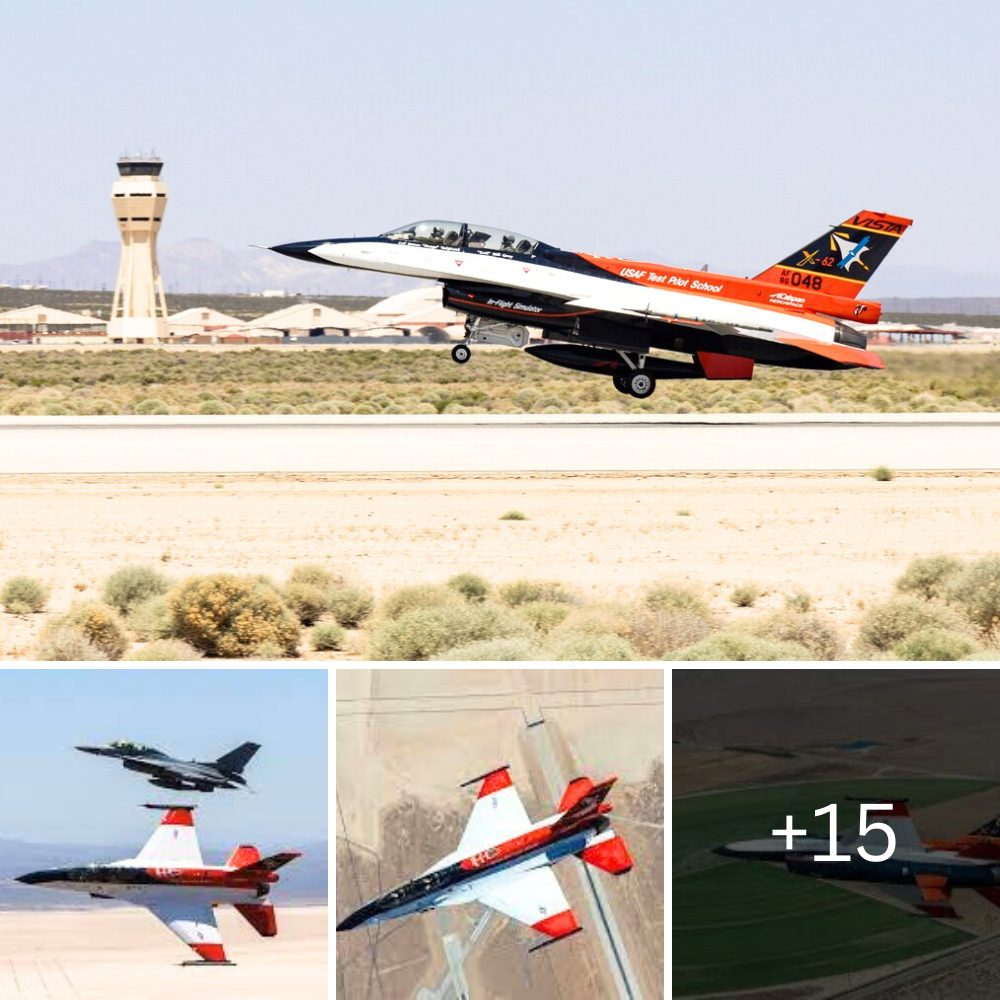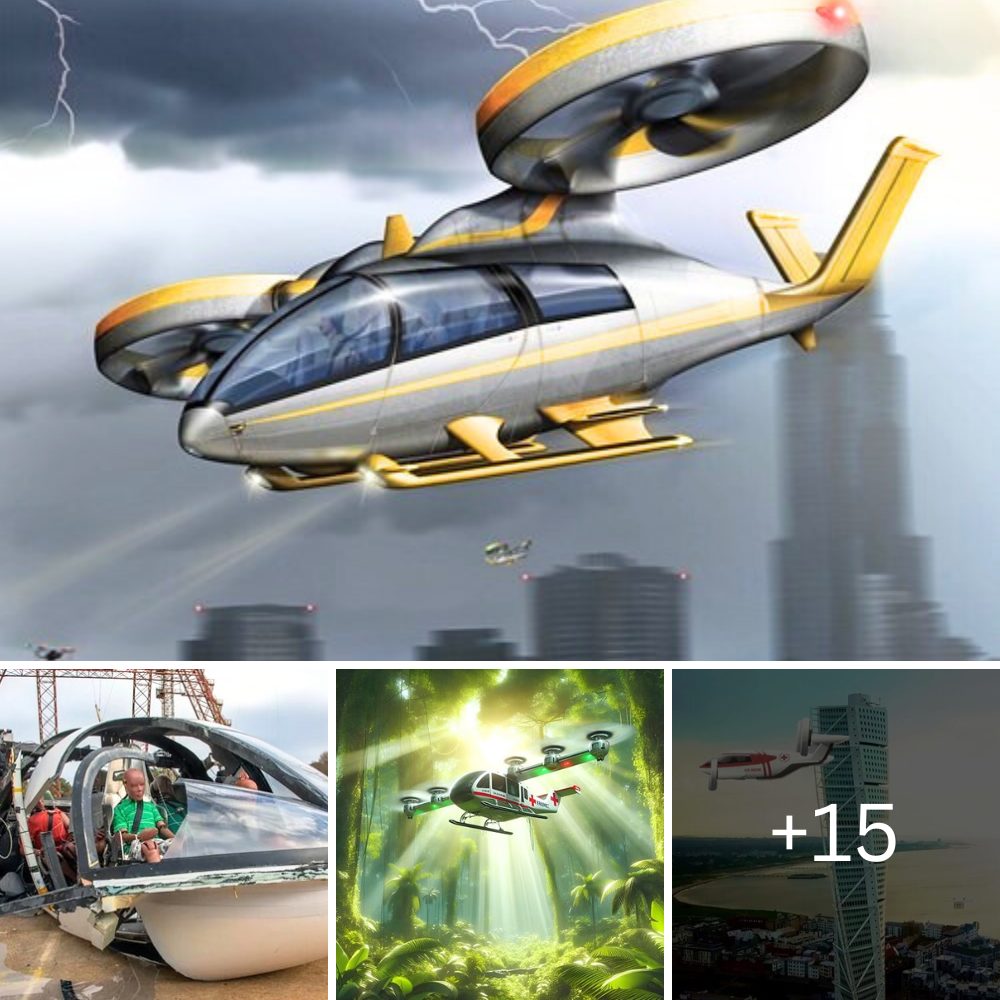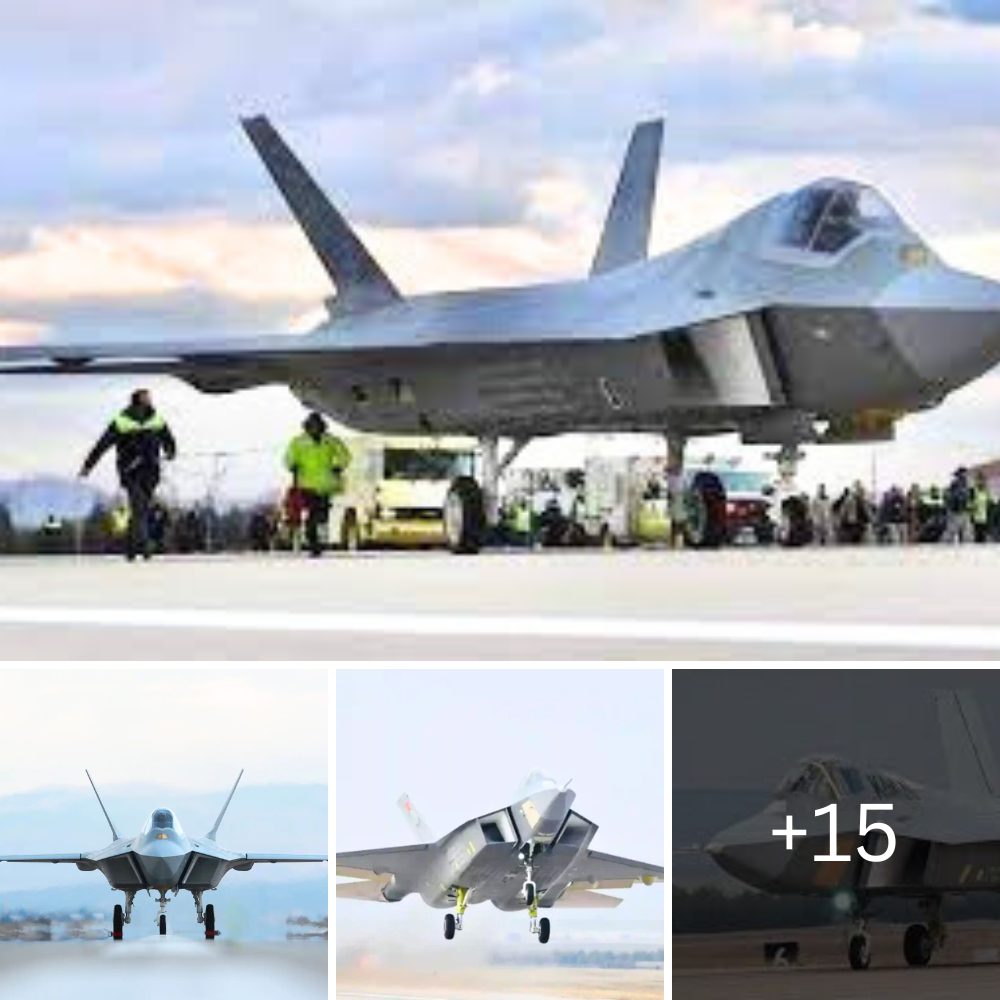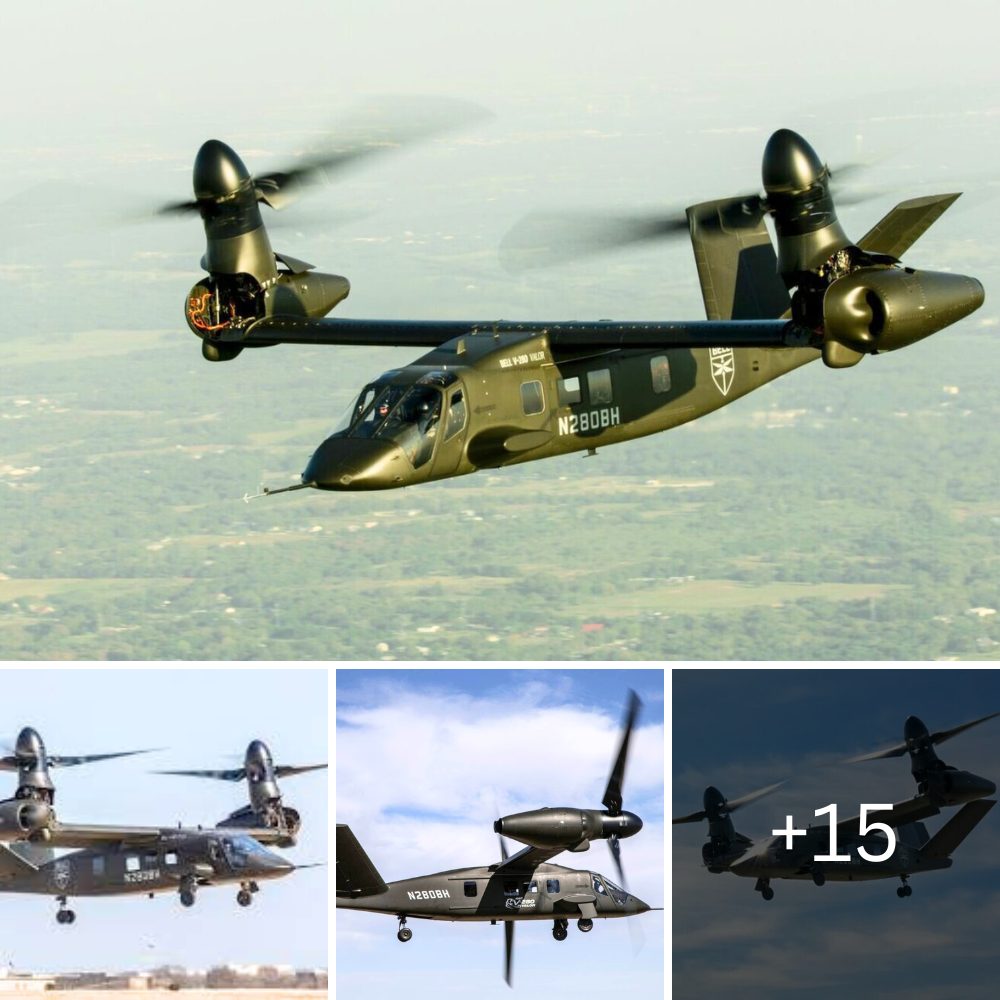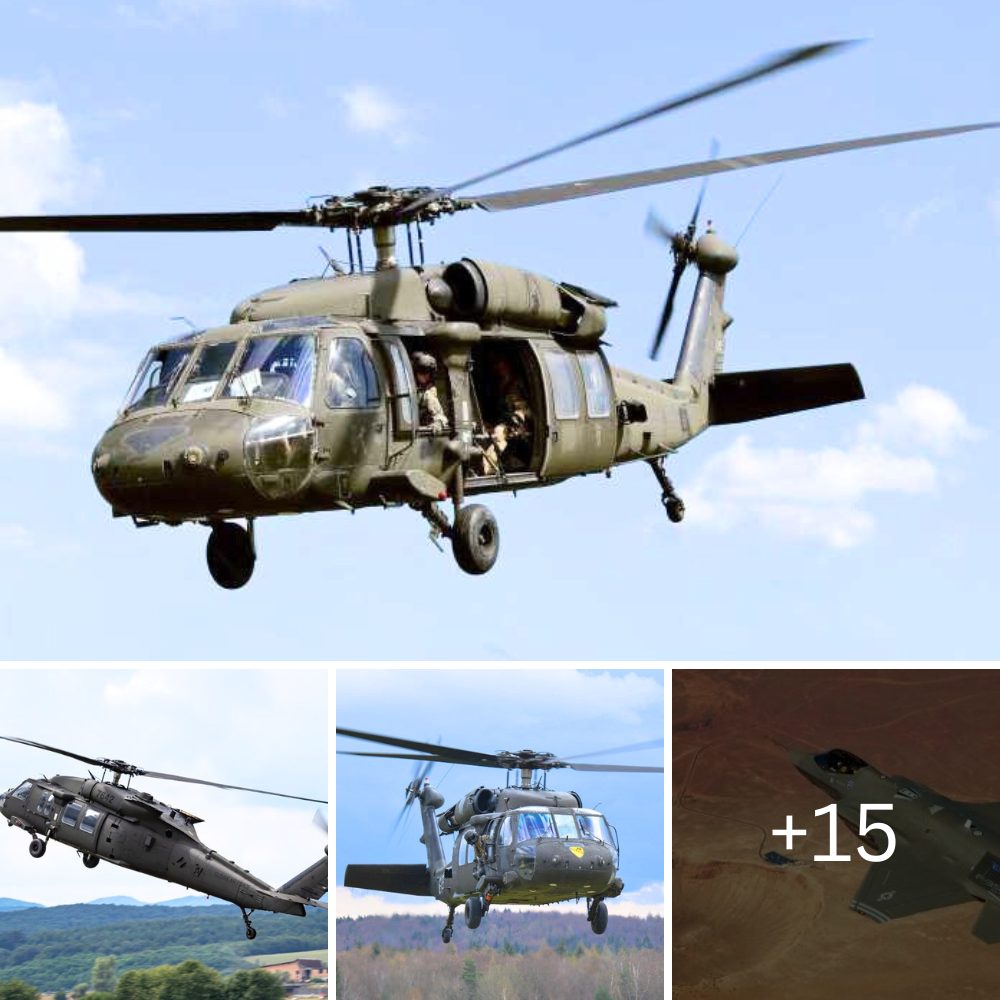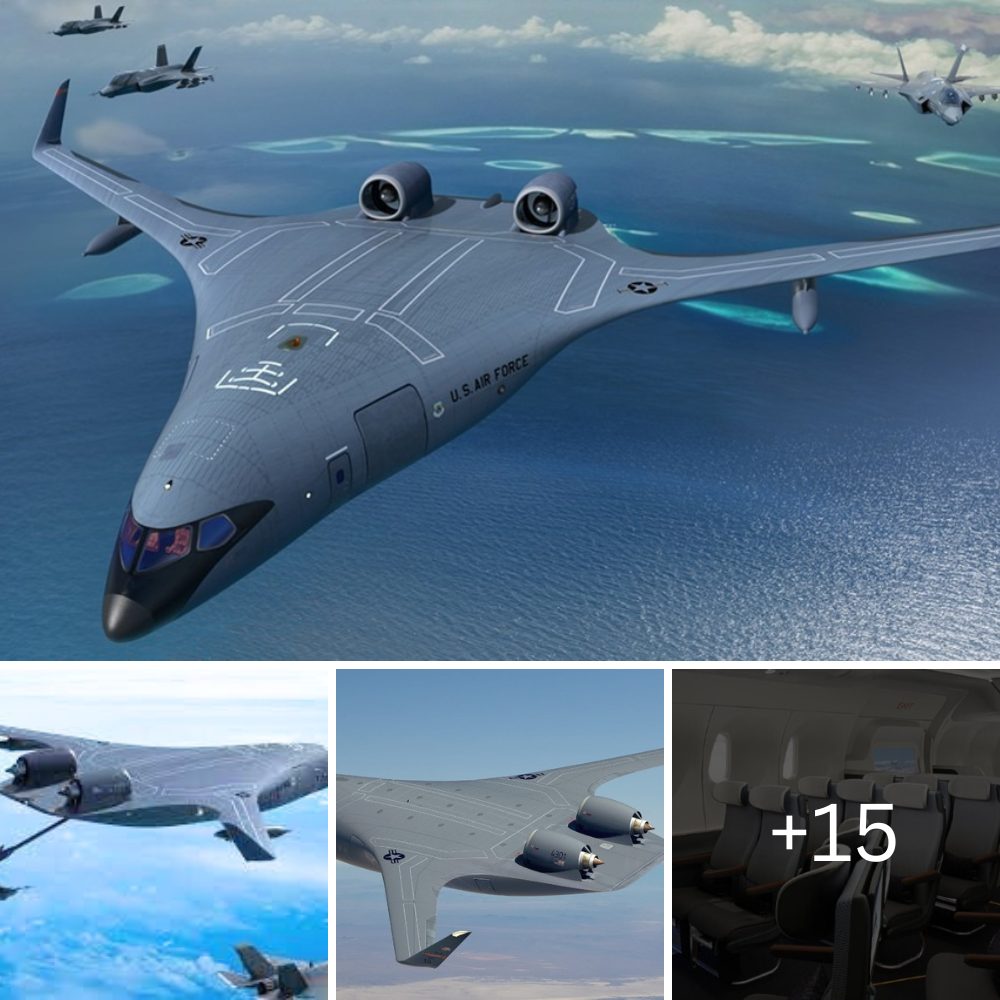
Aviation faces a steep climb towards a greener future. Although it has, like many other industries, committed to slashing its planet-warming pollution by 2050, it is not on track to reach its target — mainly because there are no obvious ways to do so.
Although the sector currently accounts for around 2.5% of global carbon emissions, its actual climate impact is actually higher, because of the emission of other greenhouse gases and the formation of heat-trapping condensation trails created by jet engines. Meanwhile, demand for air travel is projected to steadily rise, with the global fleet of commercial airplanes doubling in size by 2042 to keep up, according to Boeing.
“By the most commonly used measure – carbon emissions – air travel’s problem is that it’s not only growing, but is also very difficult to decarbonize, so it’s anticipated to be responsible for an increasing share of the budget as other industries reduce their emissions faster,” says Gary Crichlow, head of commercial analysts at consultancy firm AviationValues. “The heart of the decarbonization problem is that we haven’t yet found a non-carbon energy source that can replicate the energy density of jet fuel at the scale, cost, safety and reliability that global aviation needs.”
Medium- and long-haul flights are the greatest culprits, accounting for 73% of aviation’s carbon emissions. According to the Aviation Environment Federation, UK nonprofit group that monitors aviation’s environmental impact, a return flight from London to Bangkok can produce more emissions than you’d save by following a vegan diet for a year.
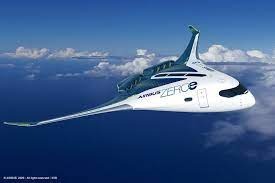
As the climate crisis continues, concerns about long-haul flying are starting to influence travel choices, nudging many towards less damaging trips closer to home. But it’s natural to wonder when and if a “guilt-free” long-haul flight – one that is truly sustainable – will be available.
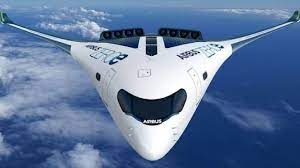
Searching for SAF
The industry’s goal more specifically is to reach net zero by 2050 – whereby it would cut as much of its planet-warming pollution as possible, and if there’s anything left, it would remove those leftovers from the atmosphere. But how does it plan to get there?
“The technologies that we’re considering are mainly sustainable aviation fuels, which are being used today at a very minimal level, and two others that we could consider as being a bit more advanced: electrification and hydrogen,” says Gökçin Çınar, professor of aerospace engineering at the University of Michigan.
Sustainable aviation fuel, or SAF, is a type of alternative jet fuel that can curb carbon emissions by up to 80%. It has a low carbon footprint because it is usually made from plants that have absorbed carbon dioxide (CO2) during their lifetime. When burned, that CO2 is returned to the atmosphere, whereas burning traditional jet fuel kerosene made from fossil fuels releases CO2 that had been previously locked away.
SAF can be created from several sources, including algae, hydrogen and capturing CO2 directly from the air, but in the short term, according to Çınar, the most promising SAF is coming from waste, such as used cooking oils.
“We can take that and through some chemical processes turn it into hydrocarbons,” she says.
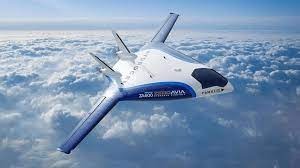
“Jet fuel is also a hydrocarbon, and because of this similarity, we are able to use the SAF in the engines that we have today without modifying them.”
However, only a tiny fraction – around 0.1% – of all jet fuel used today is SAF, although IATA, the trade association of the world’s airlines, hopes that it might be able to cut aviation climate pollution by 65% by 2050. The main reason for the slow adoption is that it’s still more expensive – between 1.5 to 6 times pricier than regular jet fuel. Lowering the price will only be possible with vastly increased production, as well as political pressure. Both could take years.
The other problem is that current regulations prohibit jet engines from running on 100% SAF.
“We’re forming partnerships and trying to influence policy, but currently there’s a blend limit for SAF of 50%,” says Ryan Faucett, director of environmental sustainability at Boeing. “The beautiful thing about SAF is that [using amounts of] up to 50% it’s been proven to be a ‘drop in’ fuel – no changes are required to anything. The work to do now is to look at higher [SAF content] blends. The answer could be we don’t really need to change anything, or that we need to make a few updates to certain components.”
Both Boeing and Airbus, which together hold over 90% of the market share for commercial airplanes, have confirmed to CNN that by 2030 all of their new aircraft will be compatible with 100% SAF. In the meantime, the available technology is being tested. The first transatlantic flight powered by 100% SAF took off on November 28, operated by Virgin Atlantic from London to New York.
Hoping for hydrogen
When used to power an aircraft, SAF still produces CO2 emissions in the same way as regular jet fuel. To become emissions-free in flight, the most promising tech currently seems to be hydrogen – a clean-burning fuel that would reduce pollution from jet exhaust, but isn’t completely climate-friendly, yet.
“Realistically, smaller hydrogen aircraft may be introduced in the mid-2030s,” says Andreas Schäfer, professor of energy and transport at University College London. “But we would need to wait until 2040 or later for larger aircraft to be introduced.”
Some hydrogen-powered planes might take to the skies even earlier, as various companies around the world are working to retrofit current aircraft with hydrogen fuel cell technology – like Cranfield Aerospace, which will start test flights on its converted Britten-Norman Islander monoplane in 2024.
“There’s a hydrogen tank on board in a fuel cell, which converts hydrogen into electricity, which then propels the electric motors on board,” explains Schäfer.
But for long-haul journeys, planes will need to be redesigned entirely. “This requires significant progress in tank technology,” he says. “At the moment, most of the jet fuel is stored in the wings. But liquid hydrogen is very cold – -253 degrees Celsius, or -423 Farenheit – so you need a storage tank with a very small surface area in order to minimize heat loss and evaporation. In the wings, the surface area would be enormous and the whole wing would explode because of the pressure build-up.”
That means tanks would need to go in the fuselage – and that means technical challenges. But if and when this problem is solved, hydrogen will pay dividends, say the experts.
“Hydrogen actually shines when you use it on bigger planes,” says Çınar. “It is very light in terms of mass, but it takes up a lot of space. That’s why we need to look at new aircraft designs that have enough space for it. This is truly a very exciting time, because new aircraft designs necessitating bigger volume for hydrogen could result in planes that don’t look like what we have today.”
Airbus has been particularly active on the development and testing of hydrogen propulsion. “Our ambition is to put a hydrogen-powered aircraft into service by 2035,” an Airbus spokesperson told CNN. “Mid-term, we believe that hydrogen has the potential to considerably reduce the climate impact of flying.”
In 2020, Airbus revealed several hydrogen-powered concept aircraft, including a traditional “tube and wing” shaped plane capable of carrying up to 200 passengers, and a more radical “blended wing” type of similar size, in which the wings merge with the main body of the aircraft. It’s a design that is being developed by other companies too, like California-based JetZero, which has the ambitious goal of putting a blended-wing aircraft into service by 2030. Engineers believes that it will deliver a 50% reduction in fuel burn and emissions, thanks to the innovative shape.
Boeing is not out of the race either, but doesn’t see a hydrogen long-haul plane as around the corner. “We have a lot of experience with hydrogen – we’re the primary builder of the main tank on the Space Launch System for NASA,” says Faucett referring to the rocket that will power the Artemis Moon mission. “But to build and certify hydrogen tanks for commercial aviation is not without challenges. Hydrogen takes up a lot of space and it’s difficult to contain and move around. On medium- and long-haul flights, we don’t see it as a direct source of propulsion until 2040. Probably more realistically, 2050 and beyond.”
When hydrogen planes do get off the ground, they’ll be emissions-free, but that’s not going to be the whole story. “It’s important to keep in mind that while hydrogen is technically zero emissions from a carbon point of view at the point of using it, from an overall planetary point of view the environmental impact of its production matters,” says aviation analyst Critchlow. He adds that most hydrogen produced today comes from fossil fuels, and that the infrastructure to store and deliver hydrogen to where it’s needed by hydrogen-powered aircraft is yet to be constructed and operated.
Electric and beyond
If your dream is a transatlantic flight onboard an almost-silent electric plane, you may have to wait longer than you think: “Physics kind of gets in the way at some point with the energy density of batteries and their weight,” says Boeing’s Faucett. “You’re carrying the weight of that battery for the entire flight- – it doesn’t go down as you use it. We would need to see magnitude-order changes [in batteries] for us to consider those for long-haul flights. At this point, I would say that’s for a future generation.”
Çınar reckons that hybrid electric planes — powered by both traditional and electric engines — will be introduced as early as 2040, but that they will be limited to regional aircraft, with capacity for up to 100 passengers. “In the longer term, widebody aircraft could integrate mild electrification, but the bigger impact would come from hydrogen and sustainable aviation fuels,” she says.
Schäfer agrees. “If electric aircraft come online over the next couple of decades, they will be for niche market applications and shorter range,” he says. “For bigger planes, a step change in battery chemistry is required and some companies which came out with exciting prospects for that suddenly ceased to exist. So it’s a bit of a volatile market.” However, we can get there eventually, he adds: “Lithium-air batteries [lighter than current lithium-ion batteries, though with inherent engineering challenges that have yet to be solved] have specific energy that’s comparable to jet fuel. But it’ll be a long way to get them – almost certainly not by 2050.”
Earlier than that, you’ll have to look elsewhere. Pre 2050, making aviation more sustainable is likely to be a combination of things, according to Faucett: “More fuel-efficient engines, more fuel efficient aircraft, and operational efficiency.”
“We’re working with regulators and we’re working on technologies that allow us to have more efficient flight paths,” he says, adding that the latter should cut fuel usage – and therefore emissions – by 5-10%. For long-haul flights, he earmarks SAF as “the big one.”
He adds that there’s an opportunity for the industry to start to market these multi-solution, more sustainable flights – and that marketing drive should coincide with the readiness of aircraft to run on 100% SAF.
“I think we’re going to see this switch within the next five years – first you’re going to see demo long-haul flights on 100% SAF, and then you’re going to start to see regular service,” he says.
“That 2030 date is our target to have the plane ready, and I think the supply chain is also going to be ready to support those flights.”


